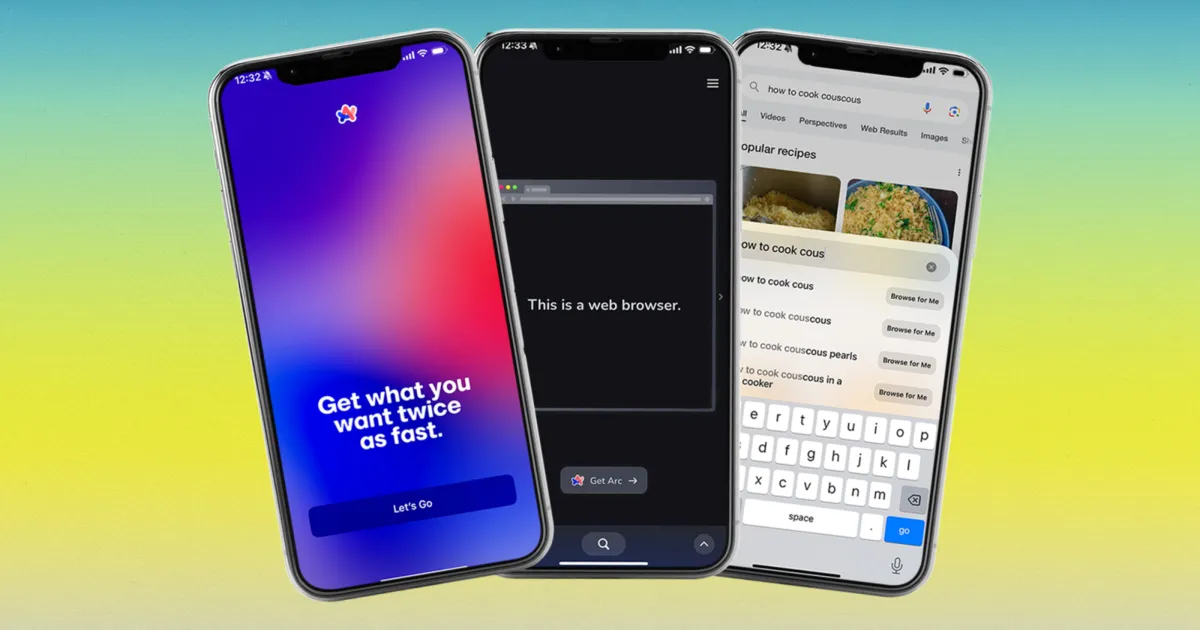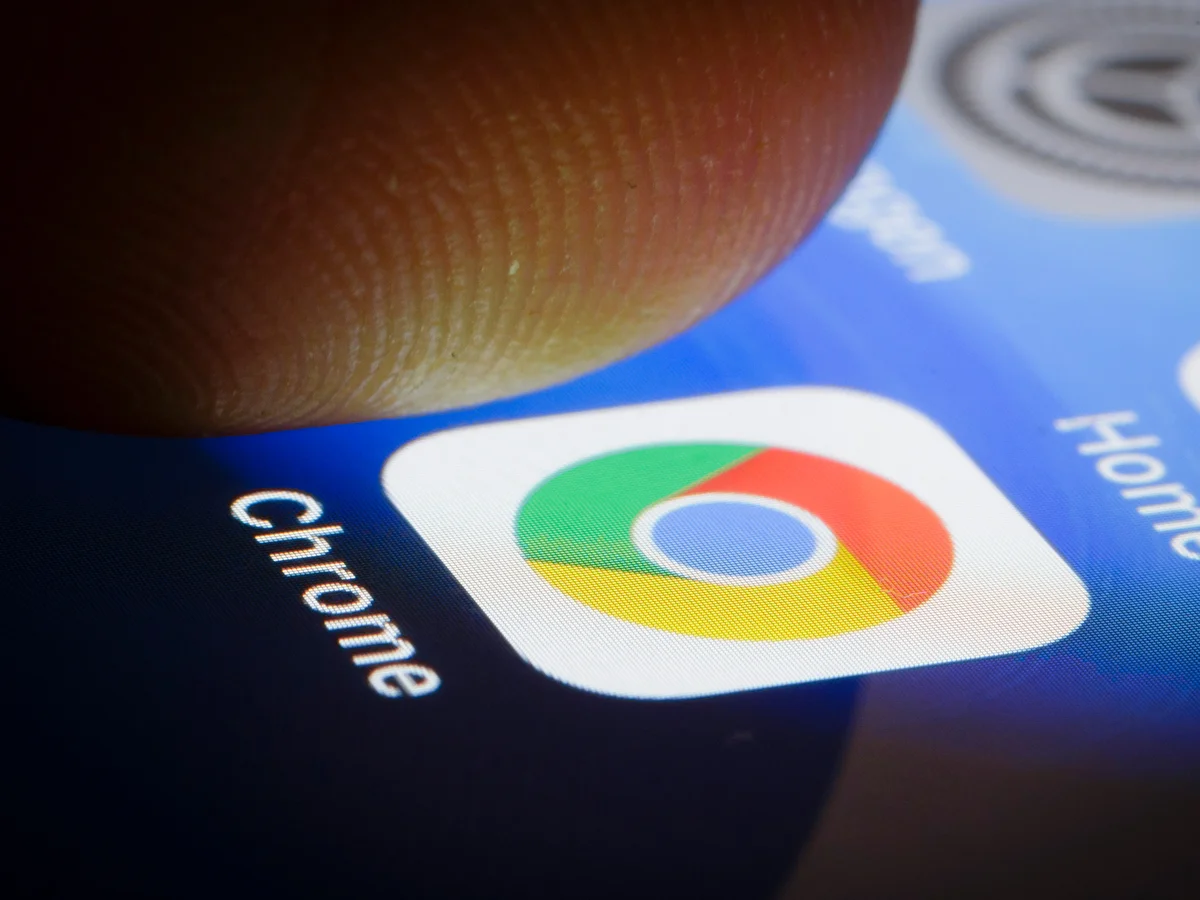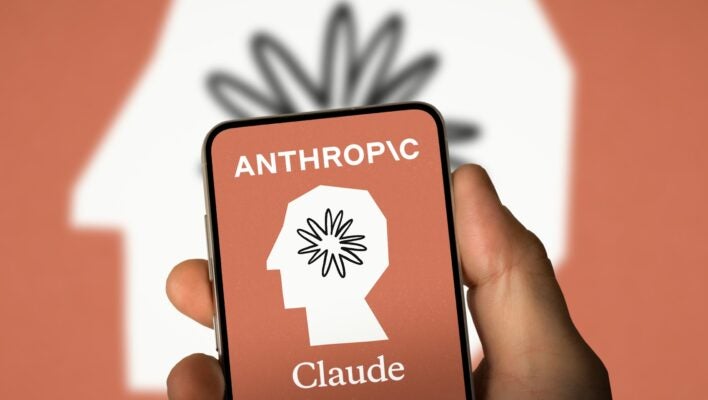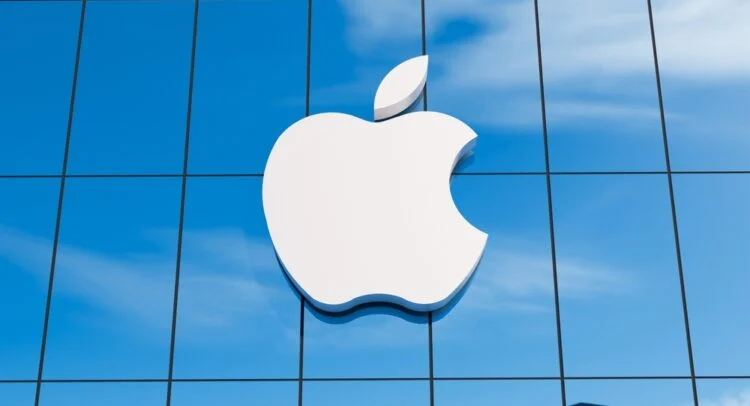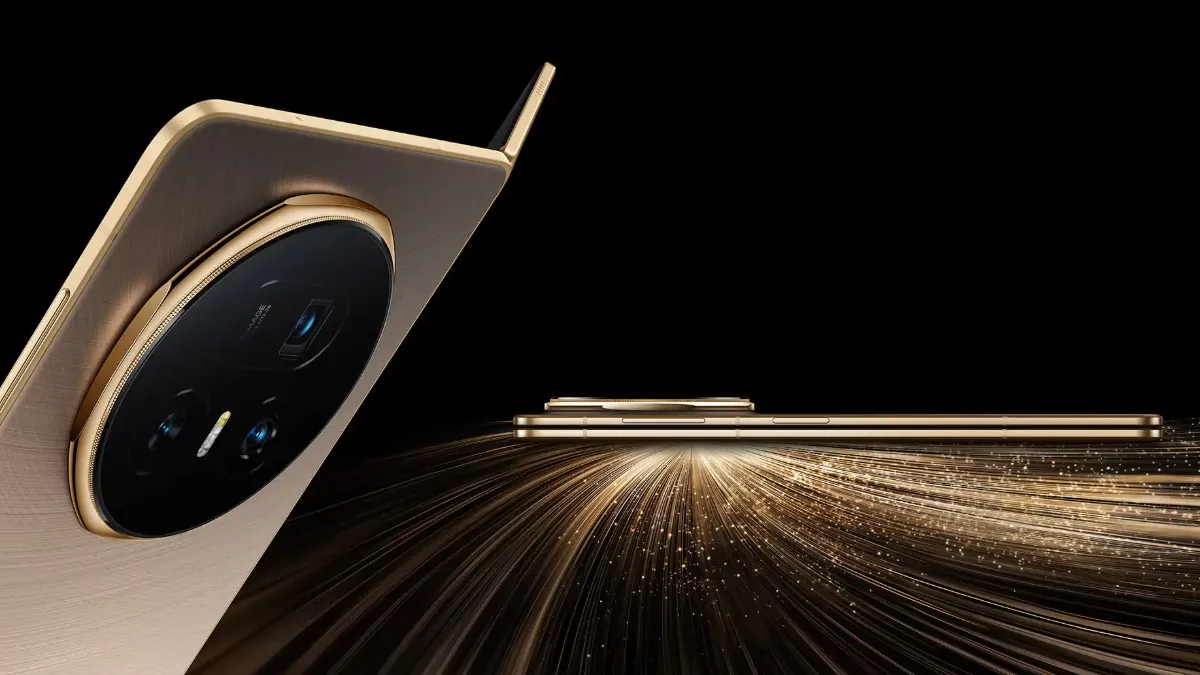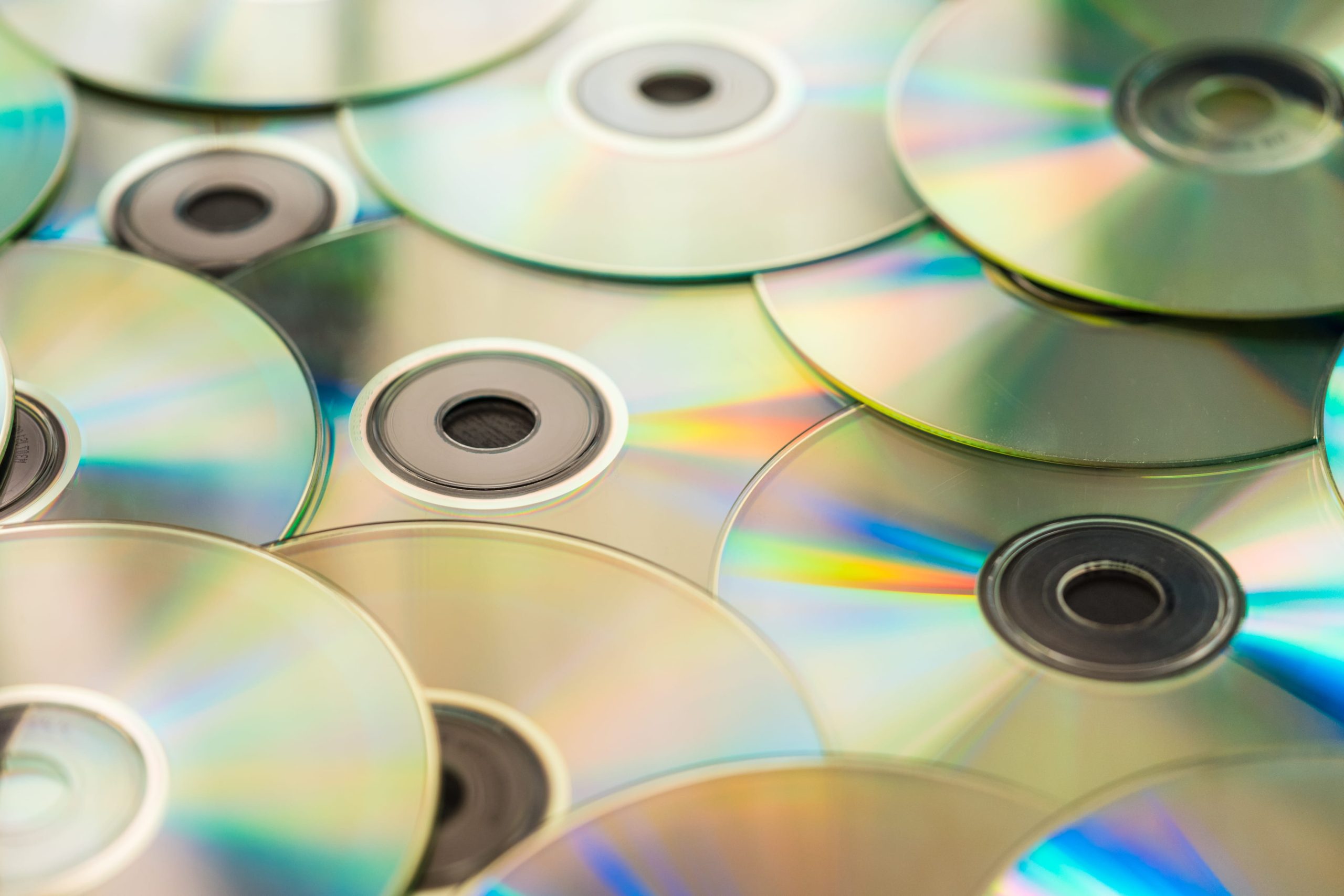
The Compact Disc (CD) Turns 43
CD Celebrates 43 Years: Revolutionizing Music One Spin at a Time
It’s hard to believe, but the compact disc just turned 43 yesterday. Yeah, on August 17, 1982, the very first commercial CD was pressed in a factory in Germany, and it kicked off a whole new era for how we listen to music. That little shiny disc didn’t just change albums; it pretty much rewired the entire music industry and even spilled over into computers and data storage. If you’re old enough to remember stacking CDs in your car or burning mix tapes – well, mixtapes on CD, anyway – this might bring back some memories. For the younger folks, it’s a reminder of how tech evolves so fast.
The story starts back in the late 1970s when companies like Philips from the Netherlands and Sony from Japan were tinkering with ways to go digital with audio. They weren’t working together at first, but then Philips showed off their prototype in Japan, and boom, they decided to team up in 1979. It was one of those rare moments where rivals put egos aside for the greater good, or at least for a killer product. By June 1980, they’d nailed down the “Red Book” standard, which basically set the rules for how CDs would work.
What made the CD so special? For starters, it was a huge jump from vinyl records and cassette tapes. No more scratches, no hissing or popping sounds – just clean, digital audio read by a laser. The disc was 120mm across, could hold over 74 minutes of music, which was supposedly picked so it could fit Beethoven’s Ninth Symphony without a break. Cool trivia, right? They used some fancy tech like eight-to-fourteen modulation for packing in the data and error correction codes to make sure skips didn’t ruin your jam.
The First Spin and Early Days
Fast forward to that historic day in 1982 at the Polygram factory in Langenhagen, Germany. The album they chose? ABBA’s “The Visitors,” which had come out the year before on vinyl. It was like a nod to the old world while stepping into the new. CDs hit the shelves soon after, with a few hundred titles available by the early ’80s. At first, people were kinda iffy about it – CD players were pricey, and who wants to replace their whole collection? But once folks heard the difference, sales took off. In the US alone, CD album shipments peaked at almost 943 million units back in 2000. That’s a ton of plastic spinning around.
And it wasn’t just about sound quality. CDs let you skip tracks in seconds, replay without wearing out the media, and they were tough – no more warped records from leaving them in the sun. It changed how we consumed music, making it more convenient and portable, even if early portable players were clunky.
Beyond Music: CDs in Computing and More
But the CD’s reach went way further than just tunes. In 1985, they came up with the “Yellow Book” standard for CD-ROMs, which meant you could store computer data, software, all sorts of binary stuff. Then in 1988, the ISO 9660 file system made it so CDs worked across different computers and operating systems. Suddenly, CDs were everywhere in tech – installing programs, distributing drivers, even booting up OS installs. Remember getting AOL CDs in the mail? Yeah, that era.
By the ’90s, writable CDs and burners let regular people make their own discs. Burn a playlist for a road trip, back up your files – it democratized data storage in a big way. For a while, CDs were the go-to for everything from music to multimedia. Sure, now we’ve got streaming and cloud storage, but CDs still have fans among audiophiles who swear by the sound quality and the tangible feel of owning physical media.
Key Milestones in CD History
Here’s a quick rundown of some standout points from the CD’s journey:
- Birth of the CD: First commercial disc pressed on August 17, 1982, featuring ABBA’s “The Visitors” album.
- Collaboration Kickoff: Philips and Sony join forces in 1979 after independent development in the late ’70s.
- Standard Set: Red Book finalized in 1980, defining audio specs like 120mm diameter and 74+ minute playtime.
- Tech Specs: Laser reading, EFM for data encoding, CIRC for error correction – making it reliable and high-quality.
- Expansion to Data: Yellow Book in 1985 for CD-ROMs; ISO 9660 in 1988 for cross-platform use.
- Peak Popularity: US CD sales hit nearly 943 million units in 2000.
- Consumer Creation: CD burners arrive in the early ’90s, letting users make custom audio and data discs.
- Lasting Legacy: Still used for archival data and by music purists, even as digital downloads take over.
These highlights show how one invention snowballed into something massive.
Legacy and What’s Next
Looking back, the CD didn’t just change music; it paved the way for DVDs, Blu-rays, and all the digital media we take for granted today. It showed what happens when engineering meets global teamwork – industries get flipped upside down. But nothing lasts forever. With streaming services like Spotify and Apple Music dominating, physical sales have dropped off a cliff. Still, there’s something nostalgic about popping in a CD and letting it play through, no algorithms picking the next track.
In computing, optical drives are rare in new laptops, but they’re hanging on for legacy stuff. Who knows, maybe in another 43 years, we’ll be reminiscing about how streaming changed everything, just like the CD did. For now, happy birthday to the compact disc – you might be old school, but you sure left a mark.
It’s funny how tech from the ’80s feels ancient now, yet it shaped so much of what we do. If you’ve got a stack of CDs gathering dust, maybe dust ’em off and give ’em a spin. Could be a fun trip down memory lane.


